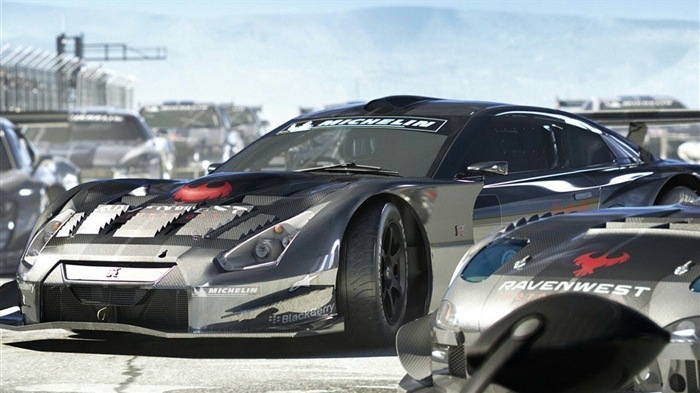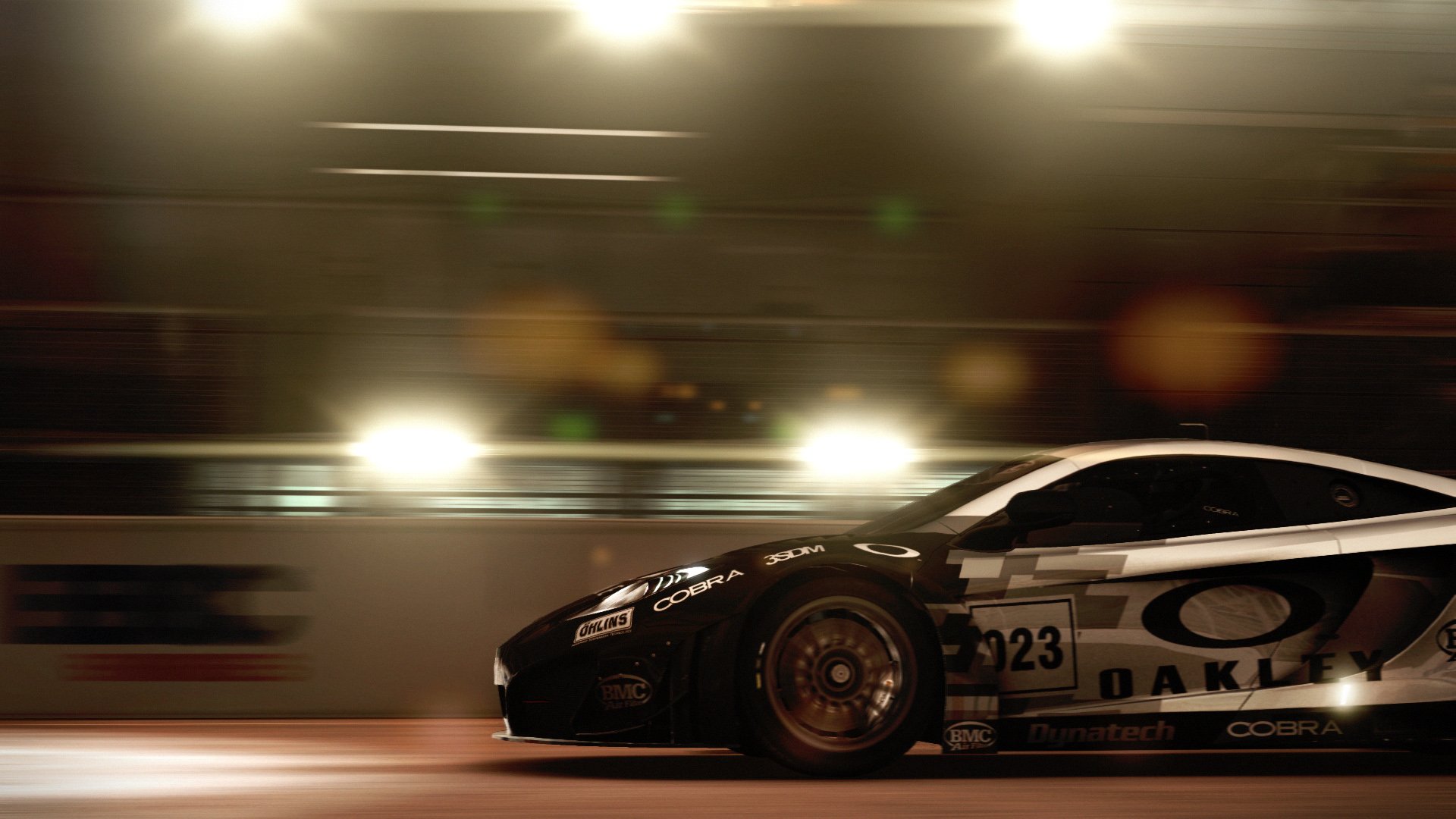

This cubemap pass was not even used in ultra-low settings as the dynamic reflections had been disabled. The studio wanted to avoid writing a new shader version for every object in the game, so they looked at quickly prototyping a simpler render pass for tablets.įortunately, simple versions of the shaders are used in the dynamic car environment cubemap pass. Removing the velocity/depth pre-pass was particularly important as it contributed ~30% of the total number of draw calls per frame and ~25% of the total render workload. Work, that when removed, also took the requirement for a velocity/depth pre-pass with it. The removal of some effects, such as complex depth of field and motion blur in the final post-processing, meant many of the pixel shaders were doing redundant work. Just scaling model textures, creating more aggressive LODs, and removing geometry did not reach the required 30FPS. It was apparent the traditional approach would not work. The right side shows pre-optimization render times in ms by feature.

1366X768 GRID AUTOSPORT IMAGES DRIVER
Several post-processing features were also disabled, including features like crowds, driver models, and even particle effects that were not considered essential to the GRID 2 experience (Figure 1).įigure 2: On the left is a frame from GRID Autosport* at ultra-low quality settings. To help make GRID 2 playable on a wide array of older and lower-power GPUs, Codemasters lowered the quality settings on existing effects, such as shadow resolution.

This ensures maximum compatibility on older hardware.

In addition to higher-quality settings for high-end gaming PCs, GRID 2 also provides several lower-quality settings. Game performance is a stable 30FPS at a resolution of 1366x768 on a 15-watt Ultrabook. GRID 2* was designed to run at Medium settings on the Intel® graphics in 4th gen Intel Core processors, which have comparable performance to the Playstation* 3 and Xbox 360*. It has been heavily optimized for 4th gen Intel Core processors, typically found in Ultrabooks. The graphics engine in GRID Autosport* is an evolution of the GRID 2 Engine. The challenge is to add touch controls to a dense front-end UI while keeping the experience seamless across tablets, Ultrabooks, and PCs.
1366X768 GRID AUTOSPORT IMAGES PC
While providing plenty of extras on high-end hardware such as an Iris Pro™ graphics-powered Ultrabook or PC as detailed in a previous article: Taking the Pole Position: Codemasters Leads the Pack in PC-to-Tablet Optimization with GRID Autosport. How their ingenuity allows GRID Autosport to look great on a 4-watt Intel Atom processor-based tablet offering a visual experience that would not have looked out of place on a good PC a few years ago. Herein is the story of how the team at Codemasters optimized GRID Autosport for tablets. "We’ve made sure that the game has a set of comprehensive graphics options that can scale up to the top end, though still looks great if you’re using a tablet." "It's really important for us to cater to the whole market," said Richard Kettlewell, a senior programmer at Codemasters’ headquarters in Southam, England. The collaboration between Codemasters and Intel allows GRID Autosport to take advantage of the entire 4 th generation Intel® Core™ processor product line, including 4-watt Intel® Atom™ processor-based tablets. They want to bring console-level graphics to tablets with intuitive touch controls. Codemasters, the UK-based game developer, aims to change that with GRID Autosport*. However with power-conserving tablets and Ultrabook™ devices, the typical mobile game is less ambitious than PC games of the same era. Estimates show high single-digit growth of mobile gaming through 2016.


 0 kommentar(er)
0 kommentar(er)
